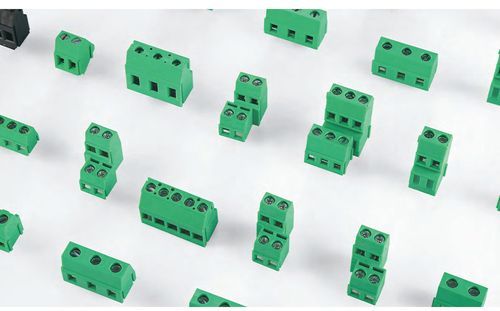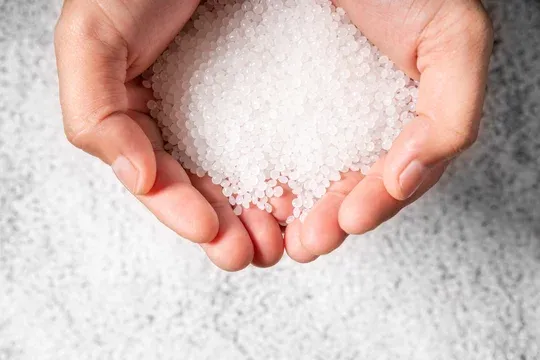Unlock your product's potential with our One-stop solutions!
+86-755-83222882

GET QUOTE
What is the Process of Plastic Injection Molding?
In the modern manufacturing landscape, plastic injection molding is a cornerstone process that drives the production of countless plastic parts and products. This method, known for its precision, efficiency, and versatility, is integral to industries ranging from automotive to consumer electronics. Understanding the injection molding process steps and the intricacies of plastic injection mold making can provide valuable insights into how everyday items are made. In this blog, we will explore the step-by-step process of plastic injection molding, its advantages, and its various applications.
What is Plastic Injection Molding?
Plastic injection molding is a manufacturing technique that involves injecting molten plastic material into a mold cavity to form a specific shape. This process allows for the mass production of parts with consistent quality and minimal material waste. The versatility of injection molding makes it ideal for producing everything from small, intricate components to large, complex parts.
The Role of Plastic Injection Mold Making
Before diving into the injection molding process steps, it's important to understand the critical role of plastic injection mold making. The mold, often referred to as the "tool," is the key to shaping the plastic into the desired form. Mold making involves the design and fabrication of the mold, which must be highly precise to ensure the final product meets exact specifications. The quality of the mold directly impacts the efficiency of the injection molding process and the quality of the end product.
Key Injection Molding Process Steps
The injection molding process is composed of several essential steps, each contributing to the successful production of high-quality plastic parts. Let’s take a closer look at these steps:
1. Clamping
The first step in the plastic injection molding process is clamping. The mold is made up of two halves, which are securely clamped together by the clamping unit. This unit holds the mold in place and ensures that it remains closed during the injection process. The force applied during clamping must be sufficient to keep the mold halves together under the high pressure of the injected plastic.
2. Injection
Once the mold is clamped, the next step is injection. Plastic pellets, typically made from thermoplastic polymers, are fed into a heated barrel where they are melted into a molten state. This molten plastic is then injected into the mold cavity through a nozzle. The injection process is carefully controlled, as the speed, pressure, and temperature of the plastic all affect the quality of the final product.
3. Cooling
After the molten plastic has been injected into the mold, it begins to cool and solidify. The cooling phase is crucial in determining the final shape and properties of the part. The mold is equipped with cooling channels that help regulate the temperature and speed up the solidification process. Proper cooling is essential to prevent defects such as warping, shrinkage, or internal stresses that can affect the part's durability.
4. Ejection
Once the part has cooled and solidified, it needs to be removed from the mold. The ejection process involves opening the mold and using an ejection system, such as pins or plates, to push the part out of the mold cavity. Careful control of the ejection process is necessary to avoid damaging the part. In some cases, additional measures, like using compressed air, are taken to ensure the part is ejected smoothly.
5. Post-Processing
Although parts produced through plastic injection molding are often ready for use right out of the mold, some may require post-processing. This can include trimming excess material (known as flash), painting, or applying surface treatments to enhance the part's appearance or functionality. Post-processing steps ensure that the final product meets all specifications and quality standards.
Advantages of Plastic Injection Molding
Plastic injection molding offers numerous advantages, making it a preferred method for mass production. Some of the key benefits include:
- High Efficiency: The process is capable of producing large quantities of parts quickly and with consistent quality.
- Precision and Accuracy: Injection molding can create complex geometries and detailed features with tight tolerances.
- Versatility: The process is suitable for a wide range of materials, including various types of plastics and thermoplastic elastomers.
- Cost-Effective for Large Production Runs: Once the mold is made, the cost per part is relatively low, making it ideal for large-scale production.
Common Applications of Plastic Injection Molding
The versatility of plastic injection molding allows it to be used in a wide array of industries and applications. Some common examples include:
- Automotive Components: Injection molding is used to produce a wide range of automotive parts, including dashboards, bumpers, and interior components.
- Consumer Electronics: Many electronic devices, such as smartphones, tablets, and laptops, contain parts made through injection molding.
- Medical Devices: Injection molding is essential in the production of medical equipment and devices, such as syringes, diagnostic tools, and surgical instruments.
- Household Items: Everyday items like kitchen utensils, containers, and toys are often produced using plastic injection molding.
Challenges in Plastic Injection Mold Making
Despite its advantages, plastic injection mold making presents several challenges that require expertise and precision. Some common challenges include:
- Complexity of Mold Design: Designing molds for intricate parts can be challenging and may require advanced CAD software and skilled mold makers.
- Material Selection: The choice of material for both the mold and the molded part is critical. The material must withstand the injection process and meet the requirements of the final product.
- High Initial Costs: The upfront cost of mold making can be significant, especially for complex or multi-cavity molds. However, this cost is typically offset by the low production costs during mass production.
Innovations in Injection Molding Technology
The field of plastic injection molding is constantly evolving, with new technologies and innovations enhancing the process. Some recent trends include:
- 3D Printing for Mold Prototyping: 3D printing technology is increasingly used to create prototype molds quickly and cost-effectively, allowing for faster development and iteration.
- Automation and Robotics: Automation is playing a larger role in injection molding, with robots handling tasks like part removal, quality inspection, and even packaging.
- Sustainability Efforts: There is a growing focus on making injection molding more sustainable, including the use of recycled materials, energy-efficient machinery, and reducing waste.
Conclusion
In conclusion, plastic injection molding is an indispensable manufacturing process that offers high efficiency, precision, and versatility across various industries. Understanding the injection molding process steps and the critical role of plastic injection mold making enables manufacturers to produce high-quality parts with consistency and cost-effectiveness. As the industry continues to innovate, with advancements in automation, sustainability, and mold-making techniques, the future of plastic injection molding holds exciting possibilities.
For companies looking to enhance their manufacturing capabilities, partnering with a reliable and experienced provider is key. EverExceed is committed to delivering top-tier solutions in plastic injection molding. With our state-of-the-art technology, expert team, and dedication to quality, we can help you optimize your production processes and achieve exceptional results. Whether you're in need of precise mold-making services or cutting-edge injection molding, EverExceed is your trusted partner in driving innovation and efficiency in your manufacturing operations.


